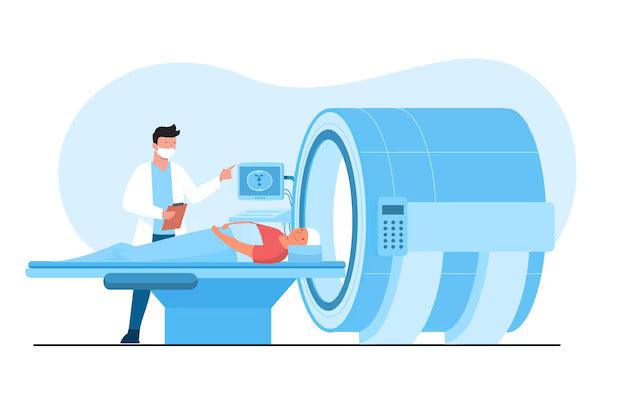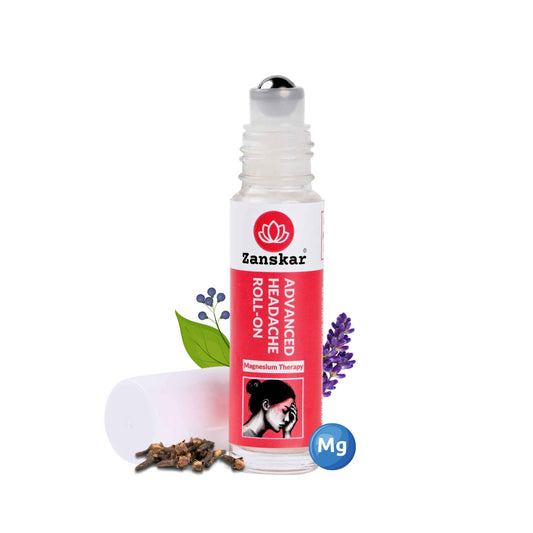
We need to discuss the impact of (over)imaging for low back pain

Low back pain is one of the most common reasons for an outpatient visit. The evaluation for low back pain should include a complete, focused medical history looking for red flags, which include, but are not limited to: severe or progressive neurologic deficits (e.g., bowel or bladder function), fever, sudden back pain with spinal tenderness, trauma, and indications of a serious underlying condition (e.g., osteomyelitis, malignancy). It is also important to rule out non-spinal causes of back pain, such as pyelonephritis, pancreatitis, penetrating ulcer disease or other gastrointestinal causes, and pelvic disease. Fractures are an uncommon cause of back pain; they are associated with risk factors such as osteoporosis and steroid use.
Most patients with radicular symptoms will recover within several weeks of onset. The majority of disc herniations will regress or reabsorb within eight weeks of onset. In the absence of progressive neurologic deficits or other red flags, there is strong evidence to avoid CT/MRI imaging in patients with non-specific low back pain.
Studies have shown that patients with no back pain often show anatomic abnormalities on imaging. Risks associated with routine imaging include unnecessary radiation exposure and patient labeling. The labeling phenomenon of patients with low back pain has been studied and shown to worsen patients’ sense of well-being.
In addition studies have linked the increase rate of imaging with the increase rate of surgery. A study by Webster et al showed that patients with occupation-related back pain who had early magnetic resonance imaging (MRI) had an eightfold increased risk of surgery.
A study by Jarvik et al showed that patients with low back pain who had an MRI were more than twice as likely to undergo surgery compared with patients who had plain film imaging. A meta-analysis by Chou et al found no clinically significant difference in patient outcomes between those who had immediate lumbar imaging versus usual care. The imaging of the lumbar spine before 6 weeks does not improve outcomes, but it does increase costs. In general, imaging should be saved for patients for whom noninvasive, conservative regimens have failed and surgery or therapeutic injection are being considered.
Recommendation
Low back pain is the fifth most common reason for all physician visits. Imaging of the lower spine before six weeks does not improve outcomes, but does increase costs. It is recommended that imaging for low back pain isn’t done within first 6 weeks, unless following red flags are present:
Red Flags
- Severe or progressive neurologic deficits (e.g., bowel or bladder function, saddle parasthesia)
- Fever
- Sudden back pain with spinal tenderness (especially with history of osteoporosis, cancer, steroid use)
- Trauma
- Serious underlying medical condition (e.g., cancer)
Sources: Agency for Health Care Research and Policy (AHCPR)
Learn More About Zanskar Health for Chronic Pain
If you have joint or muscle pain that makes it hard to move, Zanskar offers the most advanced full stack pain relief solutions for you.
Now available to purchase, Zanskar® Advanced Pain Healing Cream has a unique formulation of natural ingredients like Arnica, Vitamin B6, MSM and Capsaicin, which is trusted by over 20L+ pain sufferers globally. It provides lasting relief from muscle and joint discomfort that you can feel good about. Get your fix before stocks run out - buy now.
You can also gain access to therapeutic exercises and stretches for your condition by downloading the Zanskar Health physiotherapy mobile app. Additionally, you’ll have a personal care team to guide, support, and tailor our program to you, including behavioral and nutritional coaching.
Download our mobile app here 👉 download and track your exercise streak.
Medical Review: This article is written by Dr Nishtha Mittal (Senior Health Content Editor at Zanskar Health) and has been medically reviewed by Dr Rashi Goel (Senior Physiotherapist at Zanskar Health). This article and its contents are provided for educational and informational purposes only and do not constitute medical advice or professional services specific to you or your medical condition.







